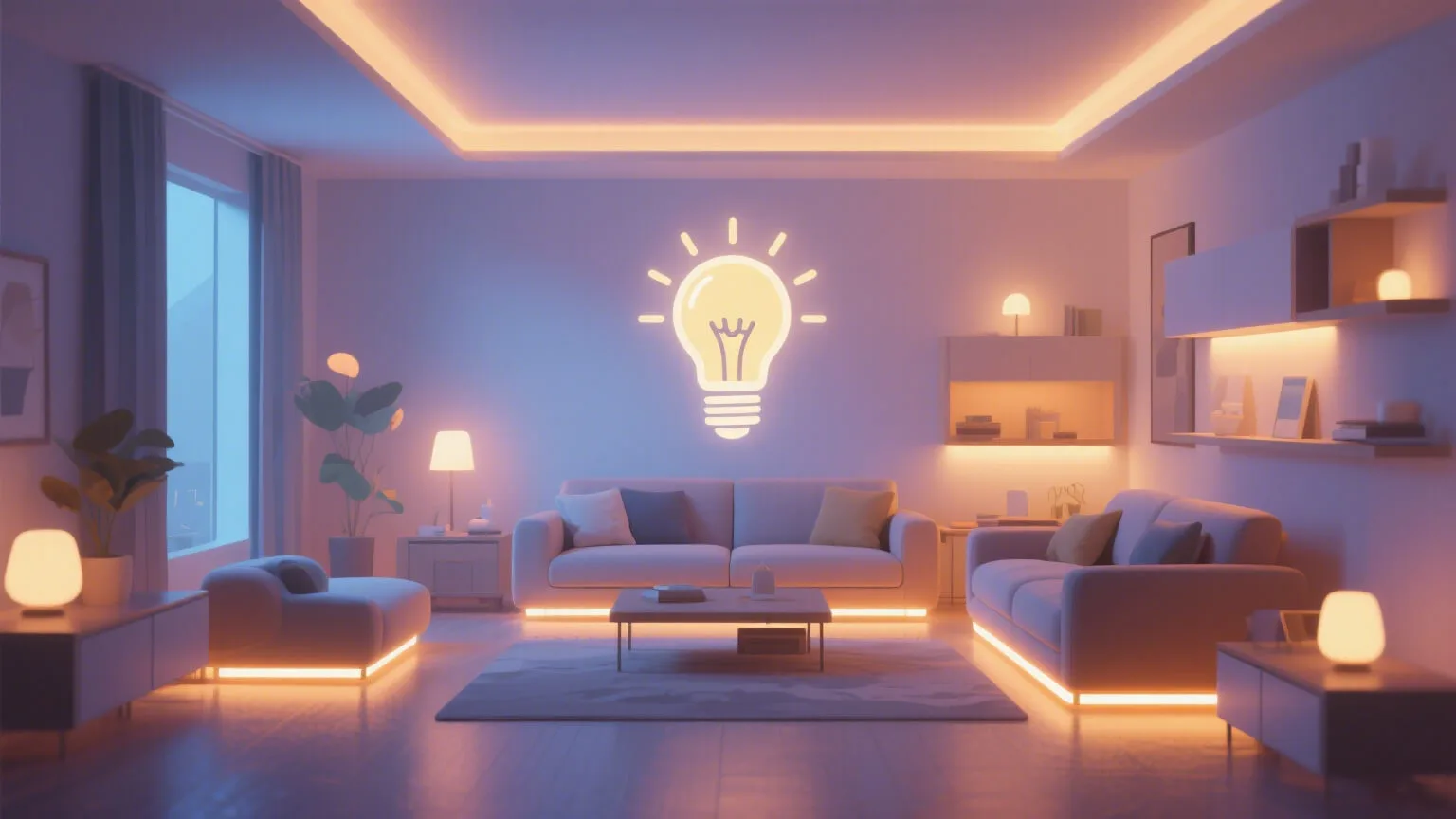The Strategic Value of Exhibition Hall Lighting Design
In professional exhibition hall design, lighting serves far more than just basic illumination—it is a strategic display tool. Scientifically planned lighting configurations, especially the precise selection of track light color temperature, directly affect customer mood, dwell time, and purchasing decisions. Research shows that an optimized lighting environment can increase exhibition hall conversion rates by over 30%.
The core value of lighting design manifests in three dimensions:
-
Atmosphere Creation: Different color temperatures create distinct spatial moods
-
Visual Guidance: Precise lighting highlights key product value points
-
Product Enhancement: Reinforces product characteristics through lighting environments
The Psychology of Color Temperature: How Lighting Influences Customer Decisions
Color temperature (measured in Kelvin, K), as a key parameter of lighting, directly impacts subconscious human reactions and purchasing behavior. Professional exhibition hall lighting design must master the following principles of color temperature psychology:
| Color Temperature Range | Psychological Effect | Suitable Applications |
|---|---|---|
| 2700K-3000K | Warm, comfortable, traditional feel | Home furnishings, artworks, luxury goods |
| 3000K-4000K | Natural, approachable, balanced | Apparel, jewelry, electronics |
| 4000K-5000K | Professional, modern, technological | Industrial equipment, automobiles, digital products |
| 5000K-6500K | Cool, efficient, futuristic | Medical equipment, precision instruments |
Key Finding: A mere 3% deviation in color temperature can reduce customer dwell time by 15%. After a premium car showroom adjusted its color temperature from 6000K to 4500K, customer inquiries increased by 22%.
Professional Methodology for Selecting Track Light Color Temperature
1. Product-Matching Principle
-
Material Representation: 4000K-5000K for metal products, 3000K-3500K for wooden items
-
Color Rendering: CRI>90 fixtures with appropriate color temperature can improve color accuracy by 25%
-
Detail Presentation: Every 1000K change in color temperature affects detail recognition by approximately 8%
2. Customer Flow Planning Principle
-
Main exhibition areas: 3500K-4000K neutral light recommended
-
Key product zones: Create contrast (±500K difference)
-
Rest areas: 2700K-3000K warm light preferred
3. Brand Identity Communication Principle
Establishing brand color temperature standards (e.g., Apple stores uniformly use 4000K) can increase brand recognition by 40%
Success Stories and Actionable Optimization Recommendations
Case Study: Renovation of an International Jewelry Brand’s Showroom
Problem: Average customer dwell time only 8 minutes, conversion rate below industry standard
Solution:
-
Adjusted main area track lights from 6000K to 3500K
-
Added 3000K accent lighting for key products
-
Implemented 2700K ambient lighting in fitting areas
Results: Dwell time extended to 15 minutes, sales increased by 35%
Immediately Implementable Optimization Suggestions:
-
Color Temperature Testing: Use professional color temperature meters to assess existing lighting
-
A/B Testing: Create zones with different color temperatures to collect customer feedback
-
Dynamic Adjustment: Install tunable color temperature track light systems (ROI period ~6 months)
-
Data Monitoring: Track changes in customer behavior post-lighting adjustments
Technical Appendix: Key Parameters for Track Light Selection
-
Adjustable color temperature range: 2700K-6500K ideal
-
Color Rendering Index: CRI≥95 (especially Ra9 value)
-
Beam angle: Select 15°-45° based on exhibit size
-
Control system: DALI or DMX512 protocol recommended
Through scientific management of track light color temperature, exhibition halls can effectively increase customer dwell time by 30%-50% and improve conversion rates by over 20%. Quarterly lighting effectiveness evaluations are recommended for continuous optimization of exhibition space lighting environments.



